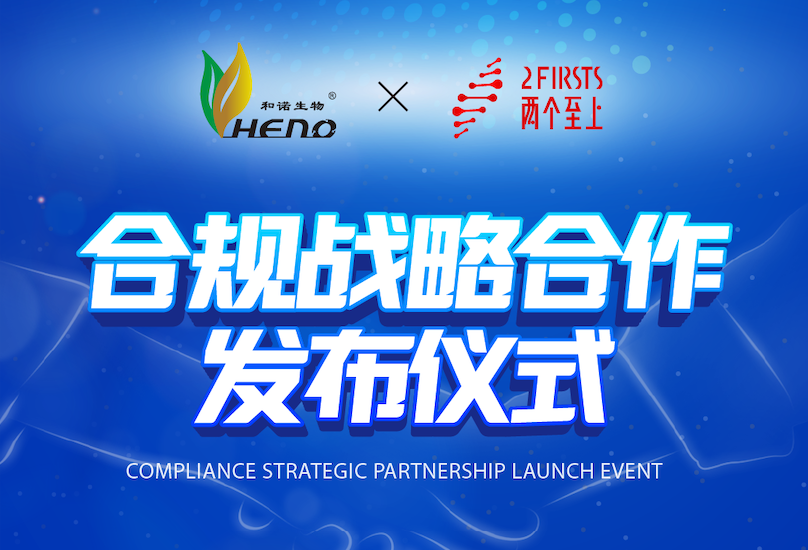China's State Tobacco Monopoly Administration (STMA) released the Measures for the Administration of Electronic Cigarettes (MAEC) on March 11, which was the first time that the Chinese government has officially issued a regulatory policy on e-cigarettes. The policy sets a transition period, which ends on September 30, 2022. After the transition period, the regulations will come into effect with STMA as the supervisory body.
The policy sets out how all business entities in the e-cigarette industry shall operate under supervision. The businesses affected includes nicotine and e-liquid manufacturing enterprises, OEM companies (factories without their own trademarks), brand-holding companies (entities that only hold trademarks with no factories), production companies (companies with both independent trademarks and factories), wholesale enterprises, and retail enterprises. All parts of the core supply line inside China are covered under the MAEC regulation.
One of the main restrictions imposed on businesses by the policy is that all businesses operating e-cigarettes in mainland China must obtain a license. For companies involved in production, STMA will review each company and grant the company the annual allowable production volume along with their license. After transition period, the number can be adjusted and increased by the company's application to STMA as needed by case.
Another important restriction implemented by the policy on enterprises is that e-cigarette products sold in mainland China must pass the national standards for e-cigarettes in China. Therefore, before any e-cigarette products are launched, they must go through the process specified by STMA for technical review and inspection. After the above process, then the final approval from STMA can be obtained before going to market. For export trade enterprises, the filing process is relatively simple. The export of electronic cigarette products must be filed on the designated online platform.
The licenses for e-cigarette production are separated into three categories: License for E-Cigarette Product, License for E-Liquid, and License for Nicotine Intended for E-Cigarette. License for E-Cigarette Product is the license that permits an enterprise to produce e-cigarettes and their accessories, such as vapourizers. The License for E-Cigarette Product are also subcategorized into:
[1] factories without a trademark,
[2] brand-holding entities without production, and
[3] both (brand and production).
License for E-Liquid and License for Nicotine, their title should be self-explanatory and their license only permits the entity to produce the e-liquid or nicotine intended for e-cigarettes.
Overall, the export process is not as restrictive to allow enterprises to easier comply with the destination countries’ laws. There are fewer approval restrictions for export-oriented companies. Export-oriented companies can obtain licenses quickly, and the number of products that companies are allowed to produce is more flexible.
The e-cigarettes that are bound for export are applicable to apply for tax rebates (exemptions) unlike e-cigarettes meant for domestic sales.
However, the policy is not without impact on the export trade. For enterprises that have neither independent trademarks nor factories, for example, traders and enterprises that integrate upstream and downstream resources for export trade, they do not have any qualifications to apply for licenses. Therefore, they cannot continue to operate in the e-cigarette business in the business model they had before. Under the new regulations, overseas distributors or brands can only directly connect with Chinese brand-holding companies or OEM companies, and these companies will now handle exports overseas.










